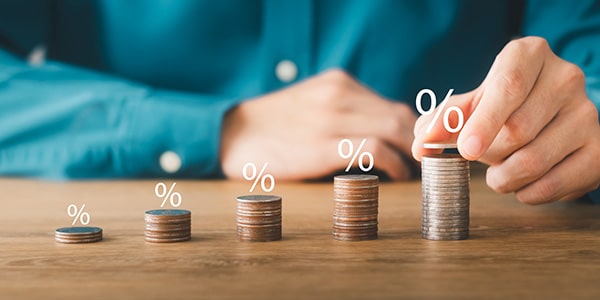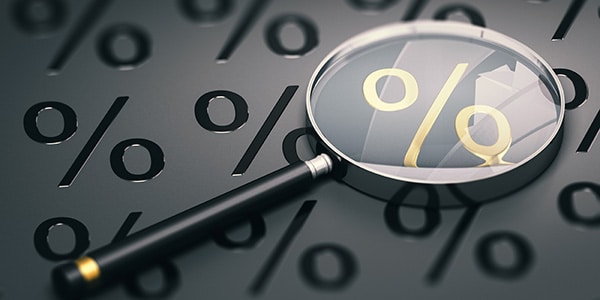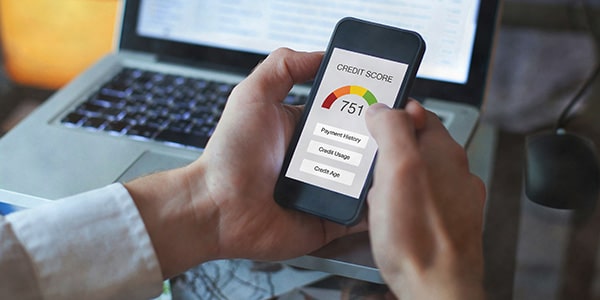If you’re looking to trade in your car, you may wonder if you can do so if you still have a loan outstanding on the vehicle. The good news is that, in most situations, you can trade in a financed car. Here’s how it works.
When you go to trade in your car, the dealership will pay off the remaining balance on your loan. They will then apply your equity in the car towards purchasing your new vehicle. If you owe more on the loan than the car is worth, you may still be able to trade it in, but you may have to pay the difference out-of-pocket or roll the negative equity into your new loan.
When trading in a car you still owe money on, it’s essential to research and understand the implications. In addition, weighing all your options before committing to either route is important, as this will help ensure you get the most value out of your vehicle
Let’s take a closer look at the different considerations involved in trading in a financed car and what you can do to ensure you get the best deal.
Table of Contents:
What is a trade-in?
A trade-in is when you use your current vehicle as collateral toward the purchase of a new car. You essentially hand over the keys to your old car to the dealer, who then uses that car to lower the price of the new car you’re buying. In this process, your previous loan is paid off, and any equity you may have in your car is applied toward the price of the new vehicle.
Sometimes, trading-in a car can give you less money than what you would get if you sold the car outright — so if getting top dollar for your old car is a priority, trading it in might not be the first option to explore. However, in order to be sure, you need to take a few steps.
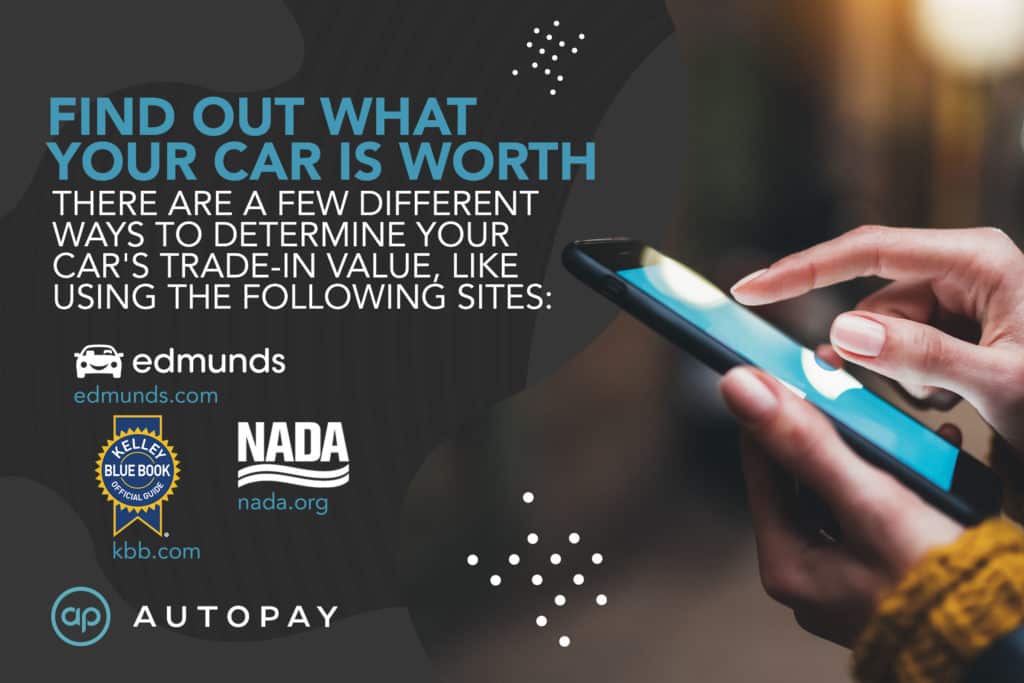
Find out what your car is worth
Before trading in your car, it’s essential to know precisely how much it’s worth. The trade-in value is not the same as the retail value, so don’t walk in thinking that’s what the dealership will offer for your car. The trade-in value is generally closer to the wholesale price the dealer will give you for your vehicle. However, the retail value is higher and would be what you could expect to get if you sold your car yourself.
That said, knowing the retail value of your vehicle is still important because it will give you a better understanding of the equity you have in your car.
There are a few different ways to determine your car’s trade-in value. One is to use an online tool like Edmunds’ Trade-In Marketplace or Kelley Blue Book’s Trade-In Calculator. You can also check “black book” values at sites like NADAguides.
Get the most for your trade-in
Once you know the trade-in value of your car, it’s time to start thinking about how to get the most for it. Remember — the dealer’s goal is to make money on the sale of both the new car and the trade-in, so they’re not going to give you top dollar for your current vehicle. However, that doesn’t mean you can’t negotiate a reasonable price for your trade-in. Here are a few tips:
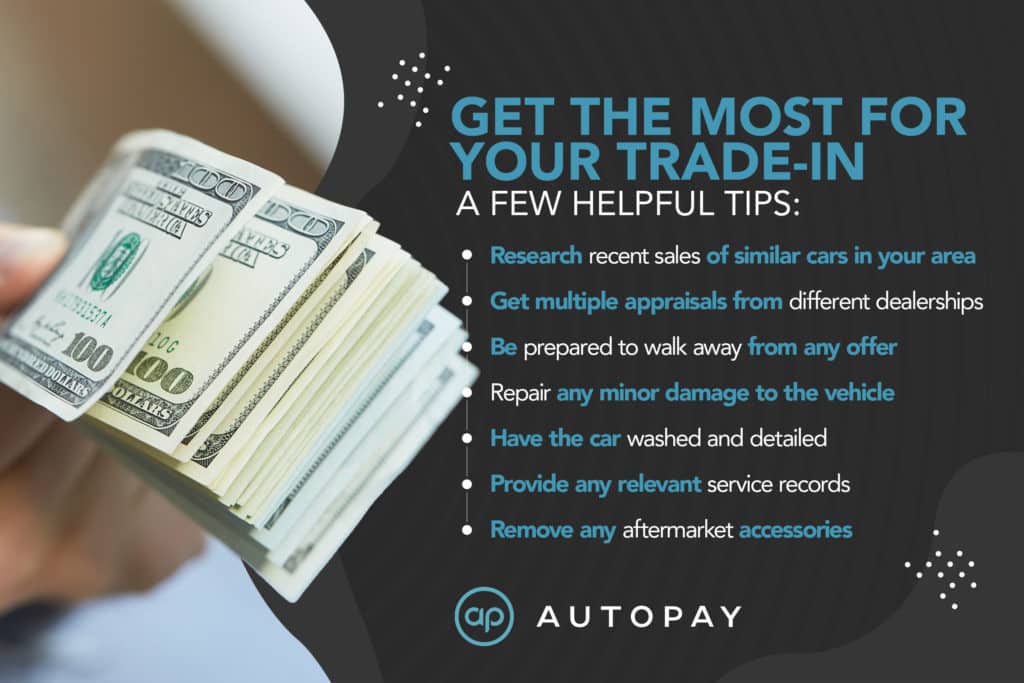
- Research recent sales of similar cars in your area to see what they sold for. This will give you a good idea of what dealers currently pay for cars like yours.
- Get multiple appraisals from different dealerships. This way, you can compare offers and see who will pay the most for your car.
- Be prepared to walk away from any offer that isn’t satisfactory. After all, if they’re not willing to give you a fair price for your trade-in, there’s no reason why you should buy a car from them anyway.
Additional recommendations for earning top trade-in dollar on your car include:
- Repair any minor damage to the vehicle, including dings, scrapes, and scratches.
- Have the car washed and detailed so it looks its best.
- Provide any relevant service records to prove that the car has been well-maintained.
- Remove any aftermarket accessories or modifications if possible.
Know your remaining loan balance
The next step is determining how much you owe on your current loan. If you’re unsure of your remaining balance, contact your lender and request a payoff quote. This will tell you exactly how much money needs to be paid off for you to trade in or sell the car.
It’s important to understand where you stand on principal vs. interest payments on your loan. If you haven’t paid much of the principal, you’re mostly paying off interest charges, which will impact how much equity you have in your car.
Calculate the equity on your vehicle
Now that you know what your car is worth and how much you still owe, you can calculate the amount of equity you have in the car. To do this, subtract the remaining loan balance from the car’s trade-in value. If you have negative equity in the car, you still owe more than what it’s worth.
- Trading in a financed car with positive equity – This is a good position to be in. It means you have some equity in the car, which you can use toward purchasing a new vehicle. In this situation, your new auto loan will be lower since it will only need to cover the difference between your car’s trade-in value and the amount of your new car purchase.
- Trading in a financed car with negative equity – This is not ideal, but it’s still possible. In this case, your new loan may need to include some of the remaining balance on the old loan to cover the entire purchase price of the new car. Be aware that this can lead to higher monthly payments and more interest charges, so it’s important to make sure you understand all the terms before signing anything.

Should I trade in my financed car or sell it privately?
When you’re looking to upgrade to a new car, you may wonder if it’s better to sell your old car privately or trade it in. While both options have pros and cons, the decision ultimately comes down to what makes the most financial sense for you. Using the information you’ve gathered throughout this guide, you can make an informed decision and get the best value for your vehicle.
If you decide that trading in your financed car is the right choice, it’s important to be prepared and do your homework. By researching recent sales prices, getting multiple appraisals, and understanding how much is owed on your car loan, you can maximize the value of your car and get the best deal possible. But if you’re still unsure, here are some considerations to help you decide.
When to trade in your car
There are a few scenarios where trading in your car makes more sense than selling it outright. For instance, if you’re upside down on your loan (meaning you owe more on the loan than the car is currently worth), trading in your vehicle can help you avoid having to come up with extra cash at closing. Additionally, trading in your car can help simplify the car-buying process by allowing you to take care of everything at one dealership. And lastly, if you’re interested in taking advantage of special offers or promotions, trading in your car can be a great way to help you save money on your next purchase.
When to sell your car privately
On the flip side, there are a few scenarios where selling your car outright makes more sense than trading it in. For starters, if your car is nearly paid off and has no major mechanical issues, you’ll likely get more money by selling it yourself than by trading it in. Additionally, if you’re not planning on buying another vehicle right away or don’t have a specific model in mind, there’s no rush to trade in your old car. You can always do it later down the road. Finally, if time isn’t an issue and you don’t mind putting in a little extra effort, listing your car online or through classified ads will give you more control over the sales process and could net you a higher return than trading it in to a dealership.
Remember that privately selling a financed car comes with its own challenges, so it pays to do your research before committing to either option. The biggest one concerns the title. In most cases, you’ll need to have the title in hand before selling your car privately, so you’ll first have to pay off the remaining loan balance. This is a challenge for many people who don’t have access to personal loans or lines of credit from a bank or other lenders. But if you have the funds available and don’t mind taking on the extra effort, selling your car privately can be a great way to maximize its value.
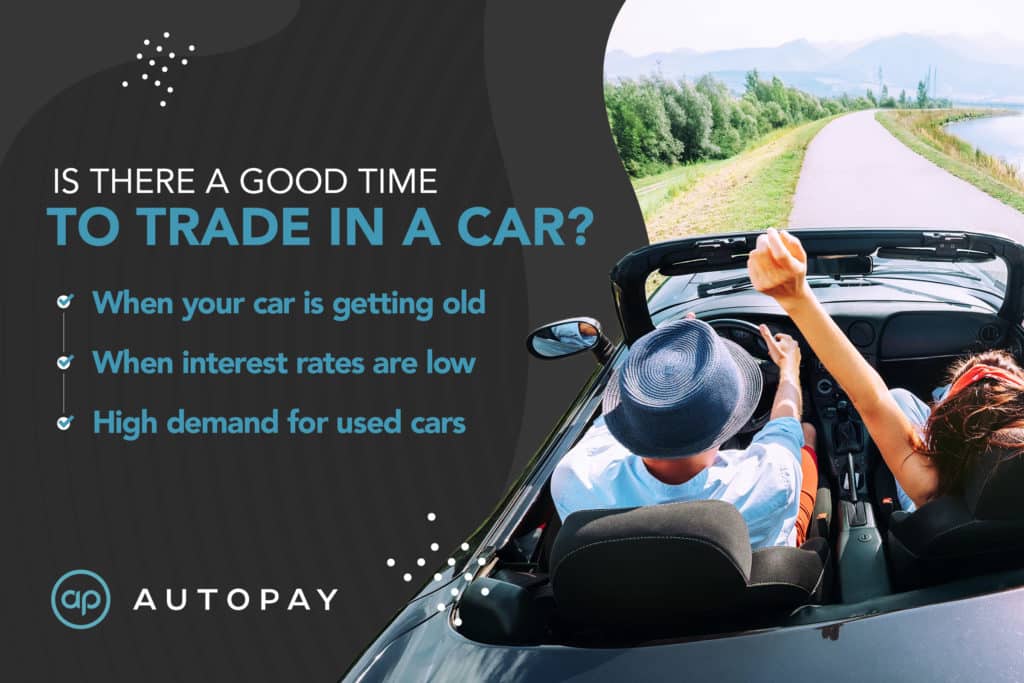
Is there a good time to trade in a car?
If you’re currently driving a car you financed, you may wonder if it’s the right time to start looking for a new one. After all, every car has a limited lifespan, and sooner or later, you’ll need to replace it. So the question is — when is the best time to do that?
There’s no easy answer to that question since there are a lot of factors to consider.
When your car is getting old
One of the most apparent times it makes sense to trade in your car is when it’s getting old. All cars have a limited lifespan. Eventually, they’ll reach a point where they’re no longer desirable, and dealerships will not offer you much, if anything, for them. Cars over 10 years old and with more than 100,000 miles are unlikely to be worth much on the used car market, so if trading it in is in your future and you’re halfway to either of those benchmarks, it may be wise to start researching and shopping for a new car sooner rather than later.
When interest rates are low
If you’re considering financing a new car, timing is everything. Interest rates on auto loans fluctuate just like any other type of loan, so getting a low rate can save you thousands of dollars in the long run. So keep an eye on interest rates and time your purchase accordingly. It’s also a good time for auto refinancing if you’d rather keep the car you have but are looking for a lower rate. To see if this is a better option, use our refinance car loan calculator.
When there’s high demand for used cars
Another thing to consider is the demand for used cars. Believe it or not, there are specific periods when used cars are in higher demand than others. For example, when supply chain issues and wait times for new vehicles stretch out, there is often increased demand for used cars. Knowing when the market is hot can help you get a better price for your car if you choose to trade it in.
Final Thoughts on Trading in a Financed Car
So, can you trade in a financed car? Yes, you can, but it’s essential to research and understand the implications of trading in a vehicle that you still owe money on. It pays to weigh all your options before committing to either route, as this will help ensure that you get the most value out of your vehicle.


